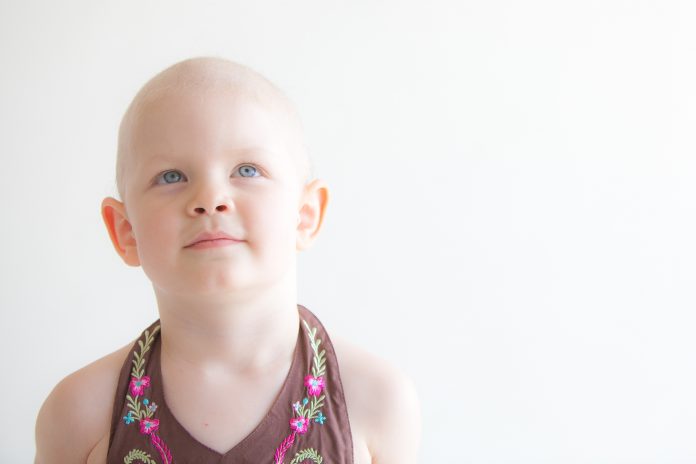
A recent analysis of published studies reveals that while cannabis-based products, or cannabinoids, seem to help with nausea and vomiting, there is lack of cannabis benefits evidence to determine the dosing, safety, and efficacy of such products for managing these and other symptoms in children with cancer.
The analysis is published in the American Cancer Society’s Cancer journal.
“It was difficult to measure benefit across studies, given a range of different outcomes and study designs; however, in interventional studies with active control groups, cannabinoids performed better in managing nausea and vomiting. Data are lacking on cannabinoids’ effects on pain, mood, sleep, and health-related quality of life,” says Lauren E. Kelly, PhD, senior author and associate professor of pharmacology and therapeutics in the Rady Faculty of Health Sciences at the University of Manitoba.
She adds that, “Given that some children report benefits and some children experience adverse events, it is critical that more rigorous studies evaluating the effects of cannabinoids on children with cancer are conducted and shared with parents, patients, and the health care community.”
Over the last decade, cannabis products—both synthetic cannabinoids and natural phytocannabinoids—have gained popularity with families for managing symptoms such as pain, anxiety, and weight loss in pediatric cancer patients. But oncologists are cautious about prescribing them given the limited data on their use.
“Cannabinoids act on the endocannabinoid system inside the body. This system is present whether someone uses cannabis or not, and reacts to endocannabinoids that our bodies naturally produce. Cannabinoids act on CB1 (Cannabinoid1) and CB2 (Cannabinoid2) receptors, a part of the endocannabinoid system,” Kelly told Inside Precision Medicine.
While there is some evidence that cannabinoid-based drugs can reduce pain and other symptoms in adults with cancer, there are few studies in children.
Kelly’s team searched medical literature and found 19 unique studies with a total of 1,927 participants with cancer: eight retrospective chart reviews, seven randomized controlled trials, two open‐label studies, and two case reports. The products studied included medical-grade cannabinoids (such as the prescription drug nabilone), synthetic cannabinoids, and unspecified cannabis herbal extracts.
“Pharmaceutical grade cannabinoids other than nabilone, include dronabinol (withdrawn from the Canadian market), Sativex (USA and Canada), and Epidiolex (not yet available in Canada). However, most cannabis products that are available through the medical cannabis stream in Canada do not meet pharmaceutical standards,” Kelly says.
These products are most commonly used to manage chemotherapy‐induced nausea and vomiting.
In the randomized controlled trials the team analyzed, patients who used cannabinoids were more likely to experience drowsiness, feeling high, dizziness, and dry mouth. Also, trial participants who received cannabinoids were almost four times more likely to drop from the study due to adverse events, compared with the control group who received placebo. Across all included studies, no serious cannabis‐related adverse events were reported.
Kelly and her colleagues note that most studies did not adequately describe the types, dosing, frequencies, and routes of administration of cannabis products, and outcomes were mixed and were reported in different ways. Researchers, her team recommended, should develop standards for reporting cannabis exposures, cannabis‐related effects, and patient outcomes.
Their work informed the design of CANnabinoids in Pediatric ONCology (CAN-PONC), which will begin recruiting 60 patients into a three-arm tolerability trial later this year.
“This review accompanied a clinician survey and caregiver survey to identify what cannabinoids are being used by how many children with cancer,” Kelly says.












